mmcartalk
Expert
- Messages
- 4,155
- Reactions
- 2,675
MM Retro-Write-Up: Mercury Marauder

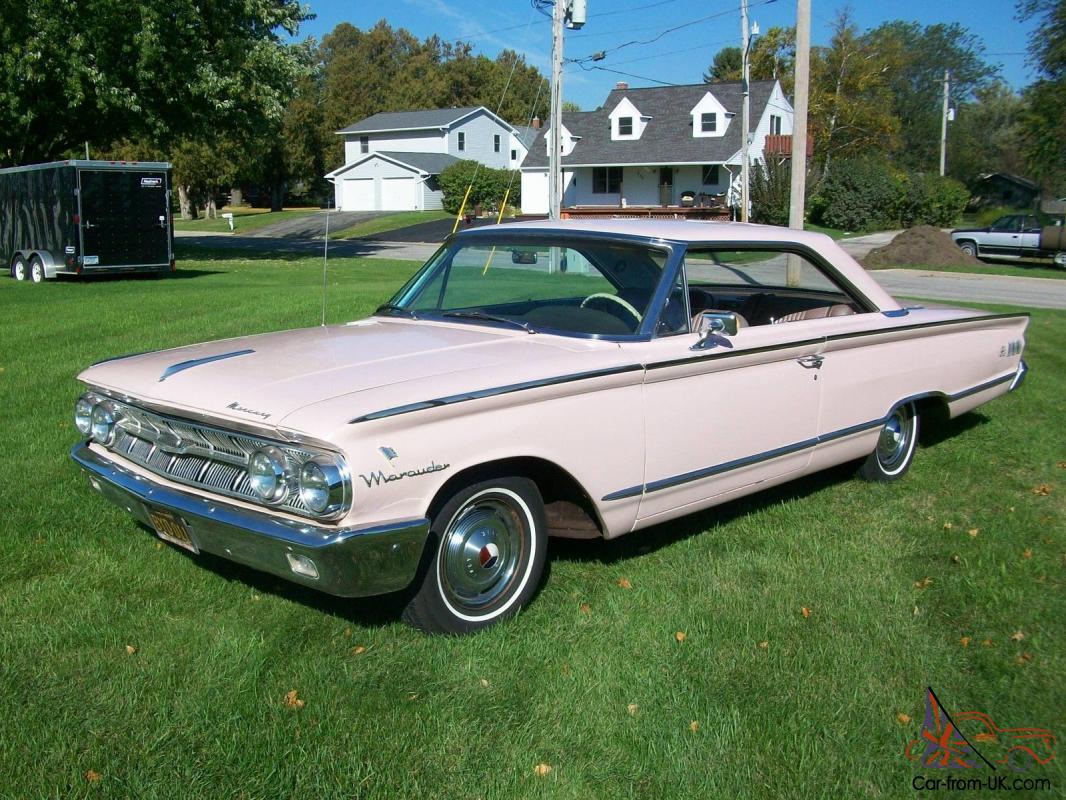
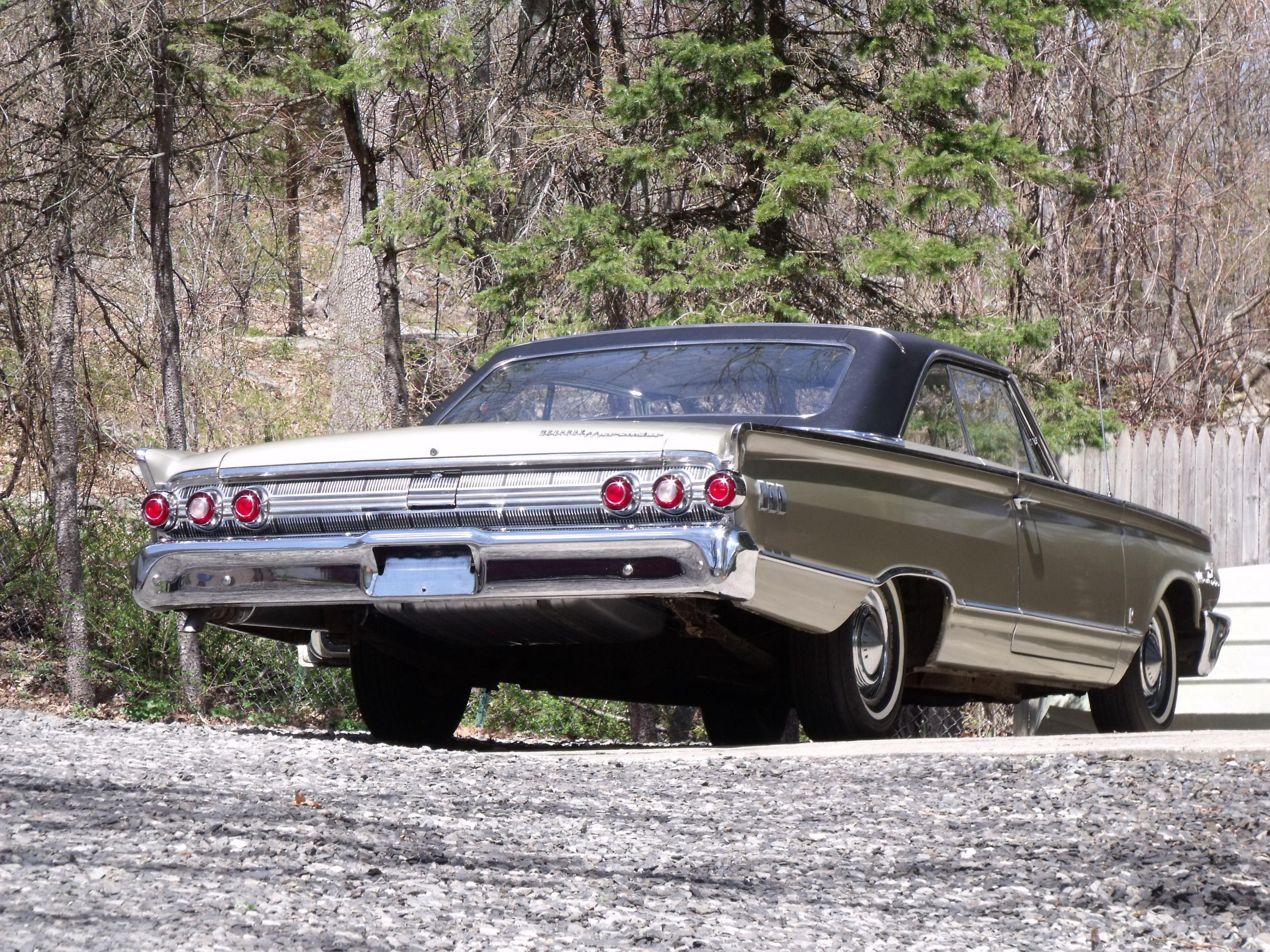
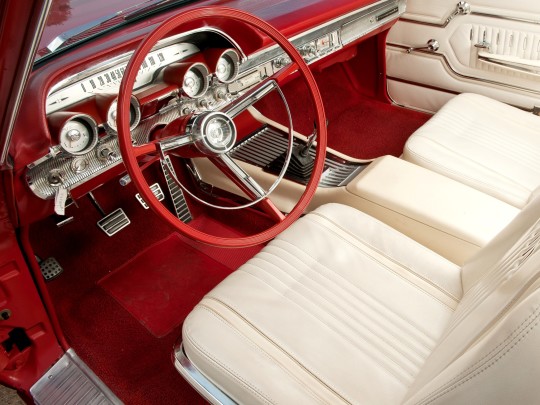

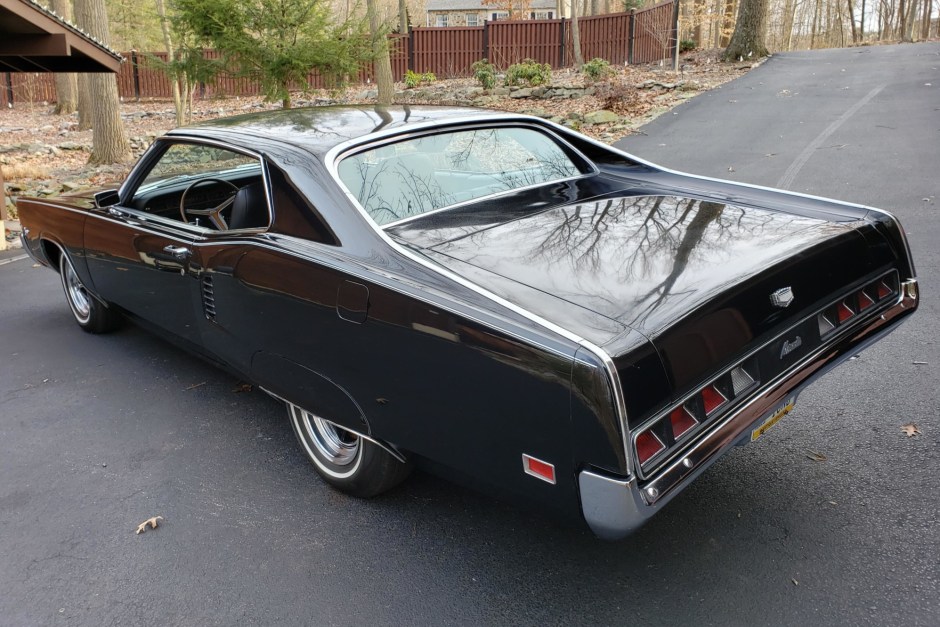


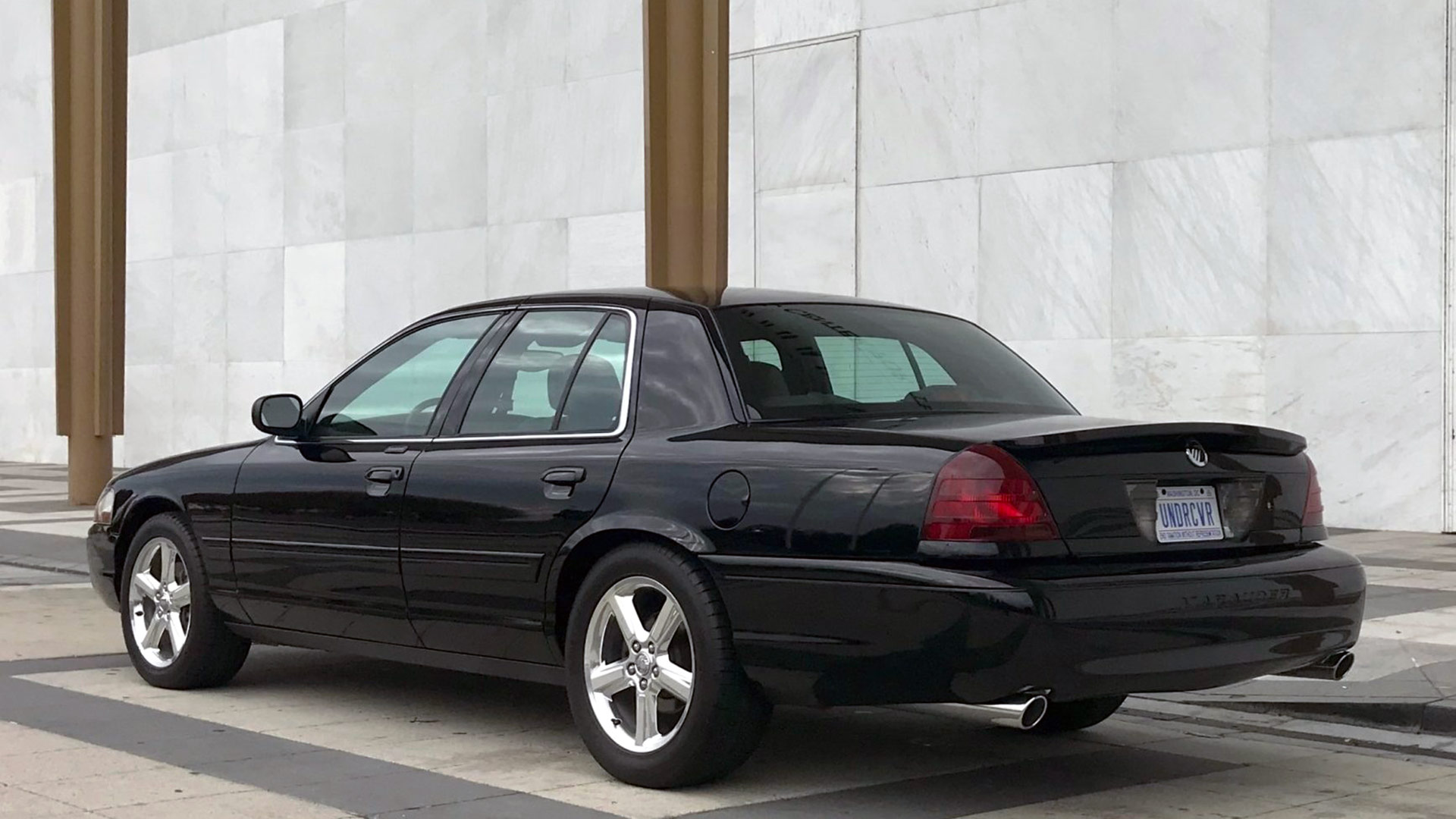


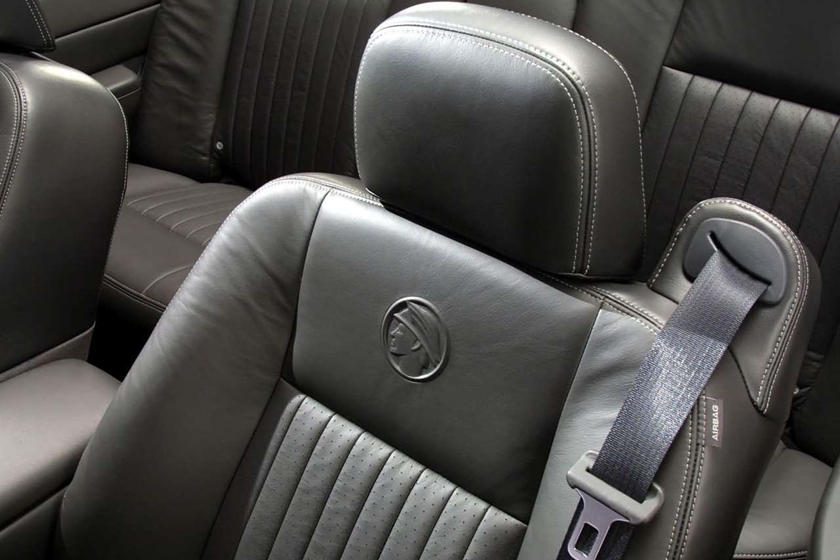
IN A NUTSHELL: Mercury’s answer to the Chrysler 300 and Pontiac Grand Prix…but no versions ever found much popularity.
In 1955, the Chrysler Division. with its new redesign that year, introduced the first of the 300 models, with a new “Hemi” hemispherical-head V8. Although Chevrolet also introduced its own famous V8 that year, which went on to become one of the most successful auto engines ever, it was the larger and more powerful 300 which automotive historians consider the first true American muscle-car. Oldsmobile, one of the Chrysler-Division’s closest GM competitors, had been producing “Rocket” V8s since the late 1940s, but those engines, though impressive for the period, were simply not in the 300’s league. The 300’s model-years were signified by alphabet numbers (300B, C, D, etc…and the 1970 white and gold Hurst-Chrysler. A front-drive 300M model was produced from 1999-2004, but I’m not considering that with the other 300s because it was a V6 model with FWD.
GM and Ford, at first (and not to metion the smaller AMC/Packard/Nash/Hudson companies), did not have a credible sport-oriented competitor to the 300 for several years. Chevy and Ford both offered their full-size Impala SS model and Galaxie models with big-block 409/427 V8s in the early 60s. Dodge and Plymouth soon followed with Hemis), but, as lower-line nameplates, none of these cars were not in the 300’s price/class-range. Pontiac, which was more or less, but not exactly, in the Chrysler’s price-class (slightly below Olds and Buick), and especially with performance-enthusiast John DeLorean running the Pontiac Division, offered the full-size Grand Prix with big-block V8s, which, along with the smaller mid-sized GTO, was a very successful product in the 1960s. But, unlike Ford and Chrysler, GM’s top-management refused to support NASCAR or any form of factory-backing for organized racing in the 1960s.
Ford, of course, had been very successful in NASCAR with its big-block Galaxies (stock-cars, in those days, were a lot more “stock” than they were today). So, Ford’s management decided to introduce a full-size big-block Mercury sedan, named Marauder, to compete with the 300 and Pontiac’s Grand Prix. Introduced in 1963, it was, at first, a trim-option on the regular Mercury full-size hardtop and sedan series, and offered a choice of the 390 (6.4L), 406 (6.7L), and 427 (7.0L) V8s, with power up to 425 HP and roughly 480-500 ft-lbs.of torque. (my late father had a 4-barrel 390 in a ’65 T-Bird, but I’ll same that for another write-up).
Unfortunately, the Marauder never really caught on with the public, perhaps because of Mercury’s image as a Geriatric brand (Buick and Olds would follow with that image, but not to the same extent in the 1960s). Pontiac’s Grand Prix trounced the Marauder’s sales, as did the 300 to a lesser extent. I did not test-drive any full-sized Mercurys from that early-mid 60s period, so I can’t comment on exactly how it drove and was built, although other full-size Ford products from that era (including my Dad’s T-Bird) had a reputation for soft underpinnings, wallowy steering/handling, a low noise-level, so-so build-quality, excellent disc-brakes, and a strong emphasis on comfort.
Faced with low sales, Ford’s management dropped the first Marauder version at the end of the 1965 model year, and, for a few years, did not produce any higher-performance full-size cars, preferring instead to concentrate on its new Cougar ponycar and the mid-size Cyclone. But, in the late 60s, Mercury decided to try again with a sport-oriented full-size car, and an all-new Marauder was introduced for 1969. This was, IMO, a beautiful car, and was clearly my favorite of all the Marauders ever done, particularly in its upmarket Marauder X-100 version and its tunnel-body effect similar to Dodge’s Charger. My late father, at the time, although he personally was a fan of the Chrysler Slant Six, worked at the Philco-Ford Company, and regularly brought home big Mercurys and Lincolns from the office regularly at night, and, because I was a careful driver by teen-age standards, and not likely to wreck them, he’d toss me the keys and I’d try them out, as I jumped at the chance to test-drive anything in those days. Those big Mercurys from the late 60s were beautiful, even the sport-oriented Marauder….see the separate write-up I did on those Philco/Ford Mercurys and Lincolns my Dad used to bring home.
Unfortunately, the late-60s Marauder was as much of a sales-flop as the first one in the early 60s. The public apparently still refused to associate Mercury, in their minds, with sport-oriented products, so Ford management was forced to drop the model, again, after only two years. This time, Mercury decided to pretty much stay out of the performance/sport-orientation business for a long time, particularly in its full-sized products, for decades, particularly as the safety/emissions/CAFE rules began to take shape in the 1970s. This, of course, cemented its image even more as a Mom-and-Pop brand , despite a few smaller sport-oriented products like the Capri and LN-7.
But, in fate, another Marauder would eventually rise from the dead….and, yes, fail yet again. In the early 2000s, Mercury’s management noticed that GM had given up on full-sized body-on-frame RWD sedans, and that Chrysler had revived the old 300M nameplate on unibody FWD chassis with a V6. Ford’s full-size RWD, body-on-frame, Crown Victoria was a smash hit with taxi companies and law-enforcement (many police-officers and State-Troopers today still lament the loss of their Crown Vics today), and Mercury’s own Grand Marquis was selling mainly to the traditional Geriatric crowd. Since the Grand Marquis shared the same platform as the Crown Vic, why not take the Crown-Vic’s police-spec engine/chassis/suspension/brake-package and offer it as a civilian version, give it a sporty slick-black paint job, blacked-out sport-oriented interior, bring back the old Marauder nameplate, and see if THIS time, some sales and money could be made, as gas was relatively cheap at that time, and full-sized cars (or, at least was the industry then CALLED full-sized cars) had some appeal?
The result was, in some ways, the most interesting Marauder yet, although it was clearly plain-looking/feeling in comparison to the plush late-60s X-100. version. Available at first in only all-black outside and inside (dark-red, dark-blue, and silver versions would follow), in looks, it was the Darth-Vader of the automotive world……with only a white/brushed-metal gauge-cluster on the dash and console to contrast anything. In image and looks at least, this was clearly no Grandpa-mobile.
However, auto-press-reviewers were not particularly impressed with it, complained about its performance, and, after having sampled one, I can more or less see why. At the time, an old friend of mine was shopping for a new Town Car for his limo firm, and, when I was helping him at the Lincoln-Mercury dealership, I saw they had a brand-new black Marauder in the lot. I asked the salesman if I could sample it, and he said sure, and he went and got the key and a dealer-tag.
On the test-drive, despite the fact that this was supposedly a police-engine, I could see that with the 4.6L OHC V8 and is 302 HP / 318 ft-lbs. of torque, it was clearly overtaxed in a car of this size and weight. Not that it was a slug by any means, and, with significant throttle-input, it would definitely get out of its own way. But the 5.7L pushrod-traditional LT1 engine used in Chevy’s former RWD Impala SS and in some versions of the Buick Roadmaster would definitely leave this car in their rear-view-mirrors. Handling was another issue….with the police-spec suspension, it showed little tendency, for a car of this size/weight, to plow or engage in severe understeer, and ride-comfort, though not Cadillac-soft, was reasonably good for the handling-level. So, IMO, while the press-reviewers couldn’t gripe about the chassis, I did agree with them that it was underpowered if one was looking for a true Impala-SS competitor. I also would not particularly care to take one of my 8-hour trips across the Appalachians to my uncle’s house in Ohio while staring at a Darth-Vader black interior the whole way….and even the other-colored interiors, though strongly sport-oriented, were Blah to my tastes. As they had done twice previously in the 1960s, sales flopped again, and, this time, not only the model-line was dropped after only two years, but in less than another decade, the Mercury Division itself would be history.
And, as Always, Happy Car-Memories.

MM
__________________

DRIVING IS BELIEVING












IN A NUTSHELL: Mercury’s answer to the Chrysler 300 and Pontiac Grand Prix…but no versions ever found much popularity.
In 1955, the Chrysler Division. with its new redesign that year, introduced the first of the 300 models, with a new “Hemi” hemispherical-head V8. Although Chevrolet also introduced its own famous V8 that year, which went on to become one of the most successful auto engines ever, it was the larger and more powerful 300 which automotive historians consider the first true American muscle-car. Oldsmobile, one of the Chrysler-Division’s closest GM competitors, had been producing “Rocket” V8s since the late 1940s, but those engines, though impressive for the period, were simply not in the 300’s league. The 300’s model-years were signified by alphabet numbers (300B, C, D, etc…and the 1970 white and gold Hurst-Chrysler. A front-drive 300M model was produced from 1999-2004, but I’m not considering that with the other 300s because it was a V6 model with FWD.
GM and Ford, at first (and not to metion the smaller AMC/Packard/Nash/Hudson companies), did not have a credible sport-oriented competitor to the 300 for several years. Chevy and Ford both offered their full-size Impala SS model and Galaxie models with big-block 409/427 V8s in the early 60s. Dodge and Plymouth soon followed with Hemis), but, as lower-line nameplates, none of these cars were not in the 300’s price/class-range. Pontiac, which was more or less, but not exactly, in the Chrysler’s price-class (slightly below Olds and Buick), and especially with performance-enthusiast John DeLorean running the Pontiac Division, offered the full-size Grand Prix with big-block V8s, which, along with the smaller mid-sized GTO, was a very successful product in the 1960s. But, unlike Ford and Chrysler, GM’s top-management refused to support NASCAR or any form of factory-backing for organized racing in the 1960s.
Ford, of course, had been very successful in NASCAR with its big-block Galaxies (stock-cars, in those days, were a lot more “stock” than they were today). So, Ford’s management decided to introduce a full-size big-block Mercury sedan, named Marauder, to compete with the 300 and Pontiac’s Grand Prix. Introduced in 1963, it was, at first, a trim-option on the regular Mercury full-size hardtop and sedan series, and offered a choice of the 390 (6.4L), 406 (6.7L), and 427 (7.0L) V8s, with power up to 425 HP and roughly 480-500 ft-lbs.of torque. (my late father had a 4-barrel 390 in a ’65 T-Bird, but I’ll same that for another write-up).
Unfortunately, the Marauder never really caught on with the public, perhaps because of Mercury’s image as a Geriatric brand (Buick and Olds would follow with that image, but not to the same extent in the 1960s). Pontiac’s Grand Prix trounced the Marauder’s sales, as did the 300 to a lesser extent. I did not test-drive any full-sized Mercurys from that early-mid 60s period, so I can’t comment on exactly how it drove and was built, although other full-size Ford products from that era (including my Dad’s T-Bird) had a reputation for soft underpinnings, wallowy steering/handling, a low noise-level, so-so build-quality, excellent disc-brakes, and a strong emphasis on comfort.
Faced with low sales, Ford’s management dropped the first Marauder version at the end of the 1965 model year, and, for a few years, did not produce any higher-performance full-size cars, preferring instead to concentrate on its new Cougar ponycar and the mid-size Cyclone. But, in the late 60s, Mercury decided to try again with a sport-oriented full-size car, and an all-new Marauder was introduced for 1969. This was, IMO, a beautiful car, and was clearly my favorite of all the Marauders ever done, particularly in its upmarket Marauder X-100 version and its tunnel-body effect similar to Dodge’s Charger. My late father, at the time, although he personally was a fan of the Chrysler Slant Six, worked at the Philco-Ford Company, and regularly brought home big Mercurys and Lincolns from the office regularly at night, and, because I was a careful driver by teen-age standards, and not likely to wreck them, he’d toss me the keys and I’d try them out, as I jumped at the chance to test-drive anything in those days. Those big Mercurys from the late 60s were beautiful, even the sport-oriented Marauder….see the separate write-up I did on those Philco/Ford Mercurys and Lincolns my Dad used to bring home.
Unfortunately, the late-60s Marauder was as much of a sales-flop as the first one in the early 60s. The public apparently still refused to associate Mercury, in their minds, with sport-oriented products, so Ford management was forced to drop the model, again, after only two years. This time, Mercury decided to pretty much stay out of the performance/sport-orientation business for a long time, particularly in its full-sized products, for decades, particularly as the safety/emissions/CAFE rules began to take shape in the 1970s. This, of course, cemented its image even more as a Mom-and-Pop brand , despite a few smaller sport-oriented products like the Capri and LN-7.
But, in fate, another Marauder would eventually rise from the dead….and, yes, fail yet again. In the early 2000s, Mercury’s management noticed that GM had given up on full-sized body-on-frame RWD sedans, and that Chrysler had revived the old 300M nameplate on unibody FWD chassis with a V6. Ford’s full-size RWD, body-on-frame, Crown Victoria was a smash hit with taxi companies and law-enforcement (many police-officers and State-Troopers today still lament the loss of their Crown Vics today), and Mercury’s own Grand Marquis was selling mainly to the traditional Geriatric crowd. Since the Grand Marquis shared the same platform as the Crown Vic, why not take the Crown-Vic’s police-spec engine/chassis/suspension/brake-package and offer it as a civilian version, give it a sporty slick-black paint job, blacked-out sport-oriented interior, bring back the old Marauder nameplate, and see if THIS time, some sales and money could be made, as gas was relatively cheap at that time, and full-sized cars (or, at least was the industry then CALLED full-sized cars) had some appeal?
The result was, in some ways, the most interesting Marauder yet, although it was clearly plain-looking/feeling in comparison to the plush late-60s X-100. version. Available at first in only all-black outside and inside (dark-red, dark-blue, and silver versions would follow), in looks, it was the Darth-Vader of the automotive world……with only a white/brushed-metal gauge-cluster on the dash and console to contrast anything. In image and looks at least, this was clearly no Grandpa-mobile.
However, auto-press-reviewers were not particularly impressed with it, complained about its performance, and, after having sampled one, I can more or less see why. At the time, an old friend of mine was shopping for a new Town Car for his limo firm, and, when I was helping him at the Lincoln-Mercury dealership, I saw they had a brand-new black Marauder in the lot. I asked the salesman if I could sample it, and he said sure, and he went and got the key and a dealer-tag.
On the test-drive, despite the fact that this was supposedly a police-engine, I could see that with the 4.6L OHC V8 and is 302 HP / 318 ft-lbs. of torque, it was clearly overtaxed in a car of this size and weight. Not that it was a slug by any means, and, with significant throttle-input, it would definitely get out of its own way. But the 5.7L pushrod-traditional LT1 engine used in Chevy’s former RWD Impala SS and in some versions of the Buick Roadmaster would definitely leave this car in their rear-view-mirrors. Handling was another issue….with the police-spec suspension, it showed little tendency, for a car of this size/weight, to plow or engage in severe understeer, and ride-comfort, though not Cadillac-soft, was reasonably good for the handling-level. So, IMO, while the press-reviewers couldn’t gripe about the chassis, I did agree with them that it was underpowered if one was looking for a true Impala-SS competitor. I also would not particularly care to take one of my 8-hour trips across the Appalachians to my uncle’s house in Ohio while staring at a Darth-Vader black interior the whole way….and even the other-colored interiors, though strongly sport-oriented, were Blah to my tastes. As they had done twice previously in the 1960s, sales flopped again, and, this time, not only the model-line was dropped after only two years, but in less than another decade, the Mercury Division itself would be history.
And, as Always, Happy Car-Memories.

MM
__________________

DRIVING IS BELIEVING

